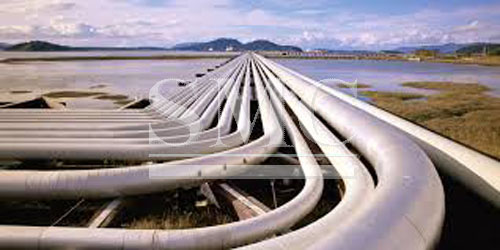
- Company overview The heart of SMC Vision & Philsophy Partnership Certifications Company culture
- Our service Design and Engineering Maintenance and Service Examine Production Line Upgrade and Transformation Storage and Logistics Processing, Trading and Distributor
- Management Our history Global responsibility Info Center
- Procurement center Internship
- Metal Steel Products Stainless Steel Products Aluminum Products Copper Products Galvanized Steel and PPGI Special Alloy Building Material
- Containers ISO Standard Container Equipment Container Storage Container Refrigerated/Reefer Container Offshore Container Container House Tank Container Container Fittings Container Trailer
- Gas Cylinder & Fire Extinguisher Cryogenic Liquid Cylinder Oxygen Gas Cylinder Storage Tank CNG Gas Cylinder LPG Gas Cylinder Hydrogen Gas Cylinder Nitrogen Gas Cylinder Industry Gas Cylinder Fire Extinguisher
- Metal Machinery Forming Machine Cutting Machine Processing Machine Bending Machine Block Machine Other Machinery Motor Spare Parts
- Mechanical Products Miscellany Mooring Equipment Marine Equipment Vehicle Industry Pressure Vessel Conveyor Belt Laser Equipment Bearing
- Electrical System Power Distribution Automation Electrical Cable Solar Power System Electric Protection System Transformer Production Line Lighting System
- Project Plastic Pipes and Pipe Fittings Fiberglass Reinforced Plastic Pontoon System
The Keystone XL Pipeline
Implementation
The Keystone XL pipeline is a planned pipeline based off an existing pipeline known as the Keystone pipeline. The currently operational Keystone and the planned Keystone XL both would run from the oil fields of Alberta, Canada down to Nebraska. The Keystone XL would be roughly 1,180 miles in length and would have a more direct route than the current pipeline. The current Keystone pipeline is responsible for transporting nearly 550,000 barrels of oil from Canada to the US daily. The Keystone XL would have the capacity to transport 830,000 barrels to the US daily.

Why it’s Needed
The addition of the Keystone XL would have benefits for both Canada and the US. Due to the land lock and further development of the oil fields in Calgary, Canada is in need of access to international markets oil supply. In the US, oil refineries are located along the Gulf Coast, so this would give Canada access to our oil supplies. Following the completion of the continued developments of the Calgary oil fields, the Keystone XL has the potential to transport up to 830,000 barrels a day. This would mean that the US could greatly reduce its dependence on the Middle East. The pipeline would increase the US’s access to oil sources, which in turn lowers the prices for consumers. Another benefit of the planned pipeline would be the production of 28,000 jobs. The pipeline will be privately financed by two companies TransCanada and other oil shippers, so no government funds would be used. While there are numerous benefits that would come with the construction of the pipeline, there are some concerns and controversial topics surrounding it.
The Controversy
Most of the controversy coming from the pipeline stems from environmental concerns. Even though it is unlikely the XL would pose a significant environmental threat, the Sandhills region is considered a fragile ecosystem, and there is always a risk of spillage. This also opens a new abundant source for fossil fuels. The amount of oil production in Alberta is expected to double by the year 2030. The investment in this pipeline goes against a recent push to move away from harmful fossil fuels towards research into renewable energy sources. Lastly, the production of this pipeline intrudes on a treaty that guarantees the rights of First Nations groups in Northern Alberta to hunt, trap and fish on these traditional lands. Whether or not the Keystone XL pipeline will be built is unclear, but there are both pros and cons regarding its construction.
Shanghai Metal Corporation is a trusted aluminum alloy, aluminum foil price, stainless steel price and stainless steel manufacturer, kinds of stainless steel in china.
